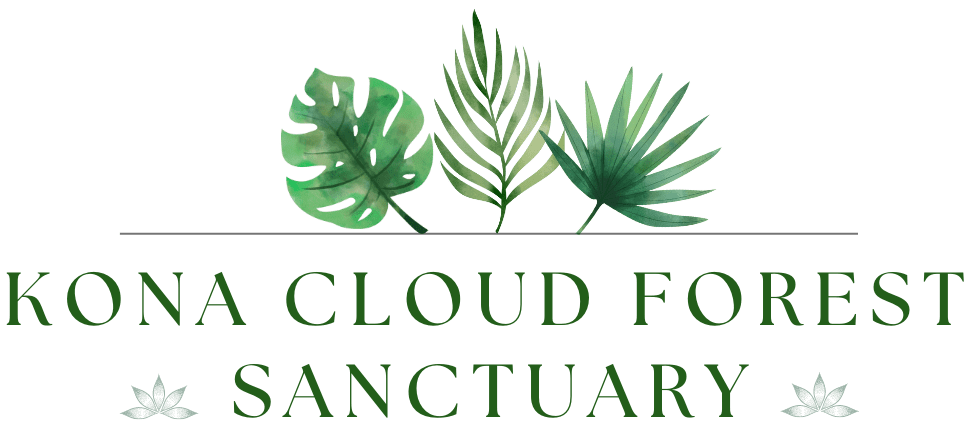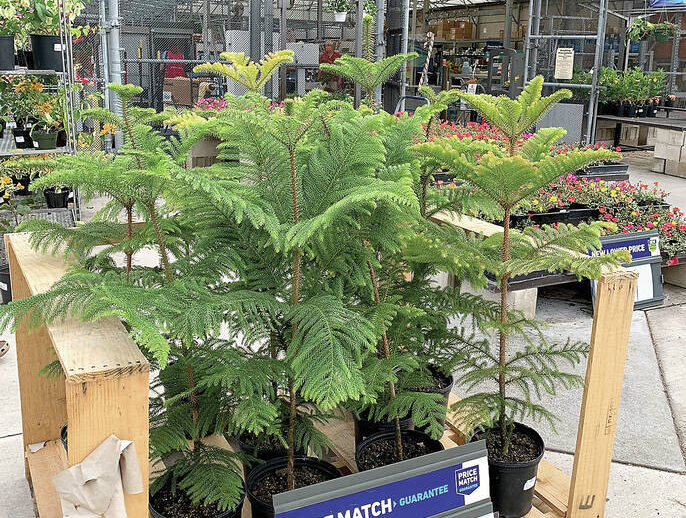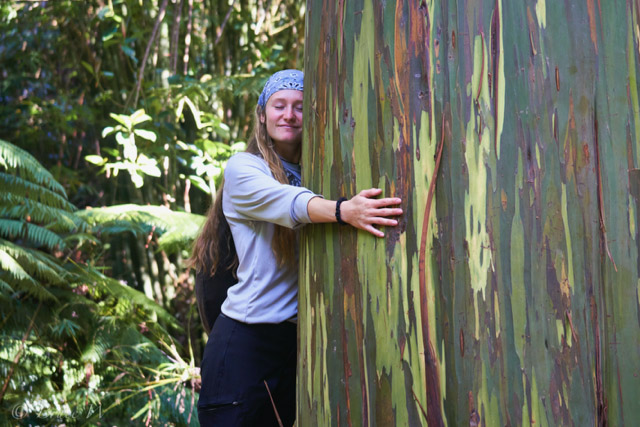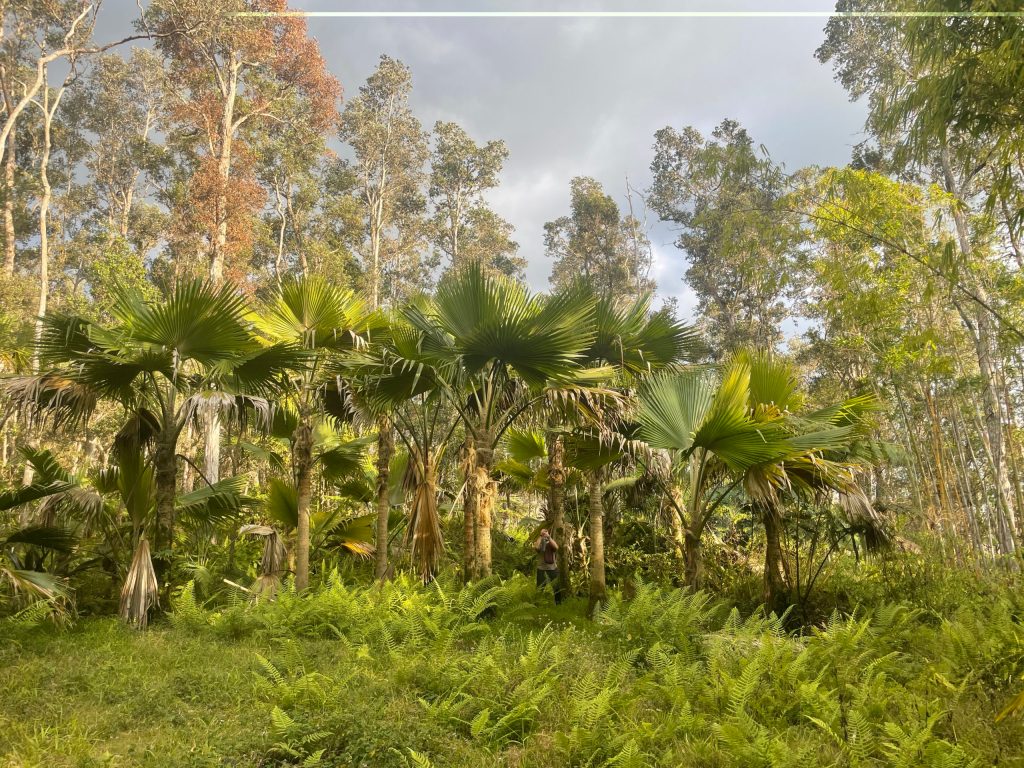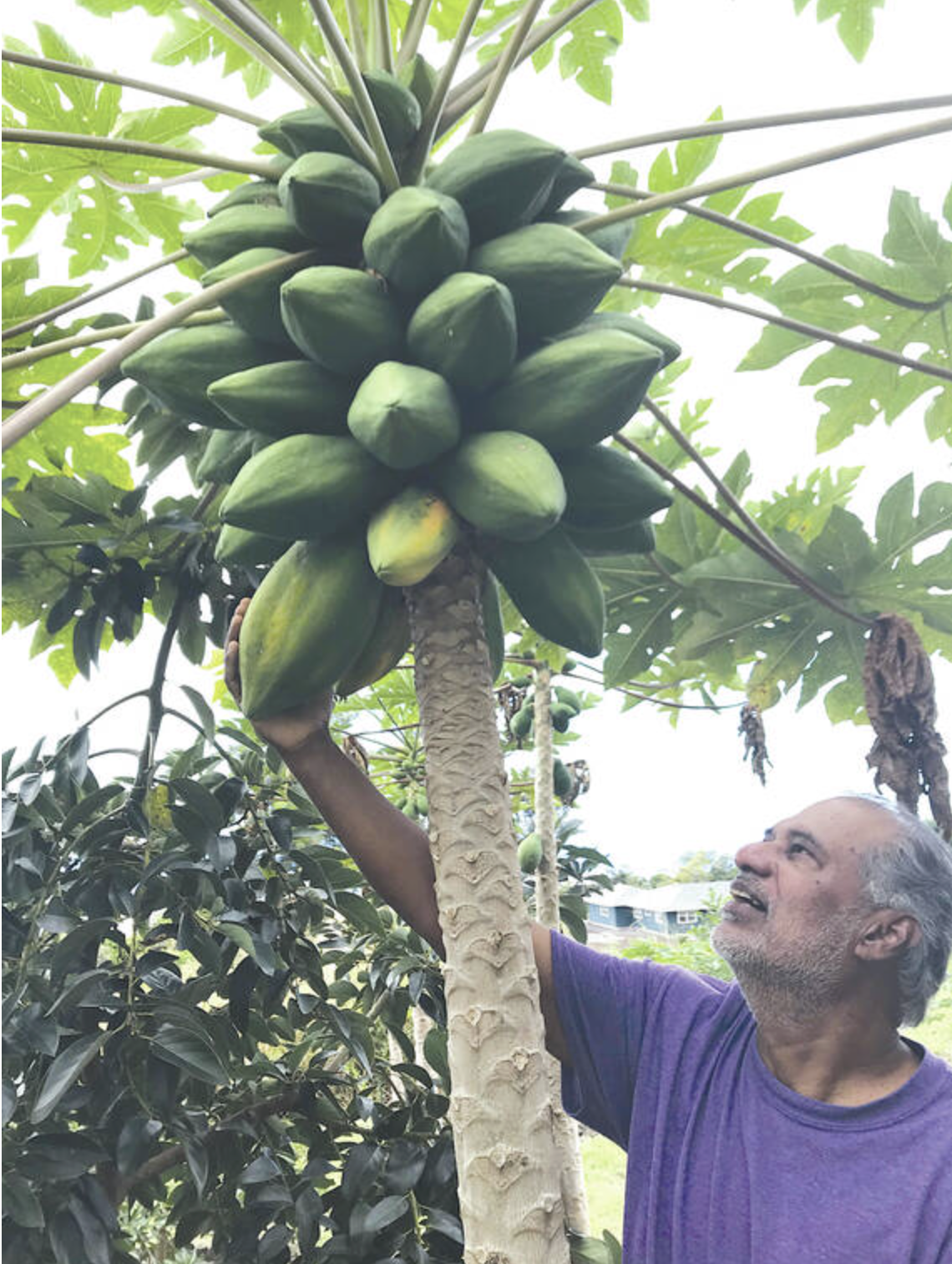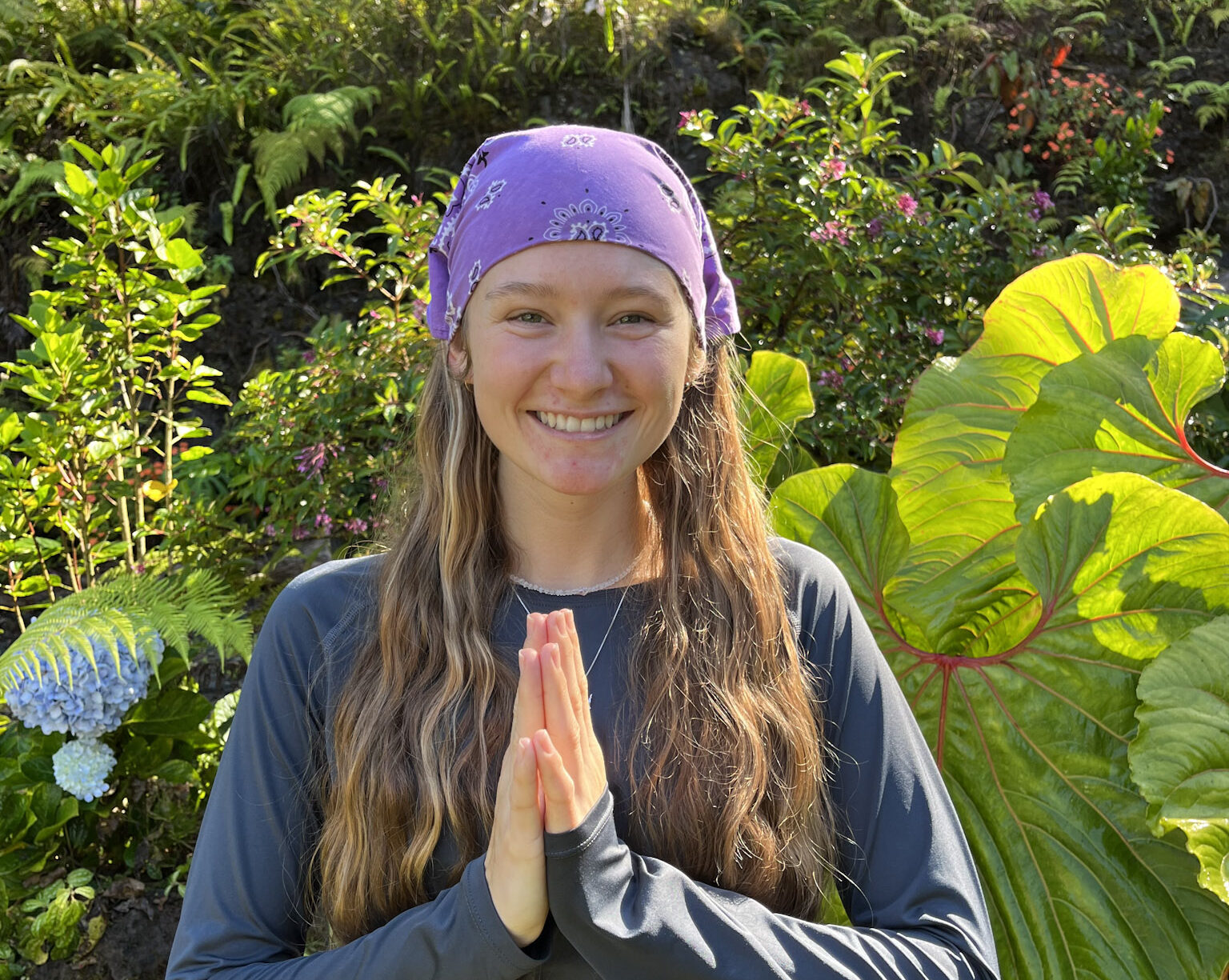Our Thanksgiving turkey is at the soup stage and Christmas is almost here. Poinsettias are in full bloom as well as the related shrub, snows of Kilimanjaro, or Euphorbia leucocephala. Folks are sending cards, buying and mailing gifts, but it seems like most of us are a bit slow in getting our mainland Christmas trees up this year.
Don’t delay any longer since trees that are shipped in early are best. If you wait, the cut mainland trees will dry out and can become fire hazards. Millions of dollars are spent each year to buy Christmas trees grown in Washington and Oregon, but it wouldn’t it be a boon to local farmers if we could buy trees grown in Hawaii.
Here is some really good news. In a few years, we may actually have locally grown Douglas fir and other traditional mainland trees available from local farms at high elevations. According to J.B. Friday, UH extension forester, University of Hawaii researchers are testing the adaptability of these cold climate species on the Island of Hawai’i. This could be a whole new farm enterprise for us since thousands of trees are imported every year.
However, if you want to support local farmers now, you might consider a living Christmas tree. Favorites are in the Araucaria group. There are more than a dozen species. These include the Norfolk pine, monkey puzzle pine, bunya bunya, hoop pine, Cook pine and several species from New Caledonia that are seldom seen outside their native islands.
Araucarias are not true pines at all but are a primitive conifer left over from hundreds of millions of years ago. Theory has it that they were part of the tropical forests before Australia separated from New Caledonia and perhaps even South America. The common Araucaria we have in Hawaii is likely a hybrid between the Norfolk pine and the Cook pine since trees here often have characteristics of both species. The latter is from the Isle of Pines near New Caledonia and occurred in great abundance there.
Although they were heavily harvested for their excellent wood, there is a big reforestation project going on since the trees help increase precipitation and improve watersheds. It would be ideal to reforest abandoned agricultural areas like the pineapple fields of Lanai, thus attracting much needed moisture. There is an old saying that “Rain follows the forest and desert follows man.” This certainly seems true when we see vast areas of our islands that were once forest and now are arid grasslands. Perhaps our tropical pines could help reverse the trend. Imagine Lanai, previously known as the Pineapple Island becoming green and moist as Hawaii’s Isle of Tropical Pines!
This tree is popular in Hawaii as a cut tree because it stays fresh and green much longer than the traditional fir, spruce, or pine. In Hawaii many folks just don’t have the heart to cut the trees, so they are available as living Christmas trees grown in containers. Prices are quite reasonable, especially since the tree may be used year after year. The trees are attractive used as an interior container specimen or planted outdoors. In decorating the Norfolk pine, it is important to keep adornment simple, since the tree itself is so ornamental. Over the years, we have planted hundreds of tropical Hawaiian Araucariias at the Kona Cloud Forest Sanctuary in Kaloko Mauka. Those we planted in the early 1980s are now over 50 feet high, so give the trees plenty of room if you decide to plant them in your garden. If you don’t have space in your garden you may plant it at the Kona Cloud Forest Sanctuary. Call (808) 491-2369 for details.
Other cut trees on the market this year are the firs, Mexican or Portuguese cypress, Monterey pine, and spruce. Each of the common types of Christmas trees available has advantages that should be weighed. However, if you have waited too long, remember the trees remaining may be a bit over the hill since they were probably cut quite some time ago. Exceptions are the trees grown at local tree farms. Imported trees have some disadvantages to consider. They tend to lose their needles quickly. And, one of the most common of the spruces, the white spruce, has a strong odor that is objectionable to some people. Firs, especially the Noble firs, have rich green coloring and they generally hold needles much better than spruce trees.
Freshness is very important in selecting a cut tree. Don’t buy any tree that has browned needles. A discolored tree is beginning to dry out. Many people wait until the last minute to buy a Christmas tree so that it will have a good appearance on Christmas Day and through the remaining holidays. Actually, just the opposite may be true. Trees held at stores or on lots may not be kept under ideal cool conditions. It is better to buy from early shipments and place the tree in a bucket of water in the garage or storeroom. It will keep better than on the lot and you will probably have a better selection if you buy early.
Cut trees may be kept longer if a little soluble fertilizer is added to the water in which the tree stands. Don’t overdo it or the tree will dry out even faster than if you had used no fertilizer.
Several nurseries and garden centers on the Big Island are carrying Norfolk pine, Monterey pine, Mexican cypress, spruce, and others as living Christmas trees. Some are miniatures already decorated. These may be planted in the garden in mauka areas. Fir, spruce and some pines require cold weather found above 6,000 feet. Mexican cypress and Monterey pine will do well and look best at 3,000 to 6,000 feet elevation. Araucarias, being mostly tropical, grow well below 4,000 feet. The exceptions would be with species like the monkey puzzle pine that come from cold climates of South America. This tree from Chile has been grown as far north as British Columbia along the west coast.
Araucarias do not have a pine scent so if you miss the piney fragrance, check out local stores and garden shops that sell mainland pines. They will often have cut branches available at little or cost to incorporate into your Christmas scene.
